Military muscle – Part 2

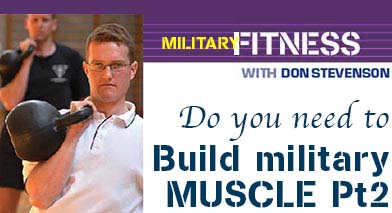
Getting the basics right
In this article I want to lay out some very basic principles of building muscle mass in the military-fitness environment.
But before we dive into the big principles I just want to cover off the issue of when military members can realistically add muscle mass.
If you are an office worker in civvy street and you decide that you want to build some muscle, you probably have the luxury of choosing where and when you train, what you eat and to some extent how much rest and recovery you can get.
For most military members these conditions only exist in a barracks environment and for significant periods you may, if you’re out bush, have limited resources.
For muscle building this is really the touch of death, and so a major consideration should be that if you want to add muscle you can only do so when you are in barracks and your tactical training tempo isn’t too high.
Basic principles
No matter what your situation, the three basic principles of building muscle mass are always the same.
The first principle is to create fatigue in the working muscles with a moderately high volume of moderately heavy weights.
In general, strength is optimised with a low number of reps and weights that are close to your one-rep max.
For muscle mass the equation changes and it becomes important to increase the number of repetitions performed.
When starting out on a muscle-mass program it is a good idea to aim for about 40-50 reps per target muscle group with weights that can be handled for 8-12 reps in each set.
This tends to give you programs such as 4 sets of 12 or 5-6 sets of 8 reps, but it is also possible to move outside these bounds and do 10 sets of 5 or even a couple of big sets of 20 but these tend to require some fiddling with the loading parameters to make them work reliably.
Unlike strength programs where it is generally best to avoid training to complete muscular failure and the same body parts can be trained several days in a week and even on consecutive days, when training for muscle mass you can work to the point of momentary muscular failure but this will result in muscle soreness and a need to train each body part a maximum of twice per week with adequate rest in between.
This leads to body-part split programs with alternating upper and lower body days or, as seems to be popular in most gyms, an upper body day and then forgetting about the lower body altogether!
For military members, one thing to keep in mind is that while muscle mass is important in the military context, that muscle must also be able to perform useful functions.
Traditionally, bodybuilders have adopted a lot of single-joint isolation exercises (think bicep curls) to attempt to ‘shape’ and ‘target’ each individual muscle.
This is fine for getting up on stage covered in fake tan and wearing a posing pouch, but for military personnel I recommend the emphasis be on the big functional movements such as squats, deadlifts, overhead presses and chin-ups.
These exercises are the most time efficient way to achieve the level of fatigue required for muscle growth and they have direct carryover to the kind of tasks you’ll do in the field or on deployment.
A limited amount of isolation training can be useful to bring up lagging areas or where compound movements exhaust one muscle before others (and I know you are all going to do some curls anyway so why fight it!).
Feed the beast
Once you have your training plan sorted, its time to make a plan for your food consumption.
As I mentioned in part one of this article it is very difficult to gain muscle mass without adding some fat unless you are a complete novice.
The key to building muscle mass through diet is to eat an excess of calories to fuel growth and extra protein for use in muscle building.
To build muscle mass you will need to consume about 300 (women) or 500 (men) extra calories per day as a minimum.
This equates to about one full extra meal or two protein shakes per day on top of what you would normally eat.
While I don’t recommend going crazy on the junk food, it is ok on a muscle-mass diet to include some of your favourite treat foods to push your calorie intake up.
Once you’ve got your diet beefed up a bit, you can add a basic protein supplement to make sure there are enough structural proteins floating around your body to be used in muscle repair and building.
The most critical times for protein consumption in a muscle mass diet are early morning, immediately post workout and just before you go to sleep, as muscle building is done mostly at rest.
Sleep
The final piece of the puzzle is sleep.
I could write a whole article about sleep, but suffice to say that when you are building muscle mass the more sleep you can get the better.
Seven hours is the absolute minimum, eight is better and nine to 10 is optimal if you can swing it.
.
.
.
.

.
.

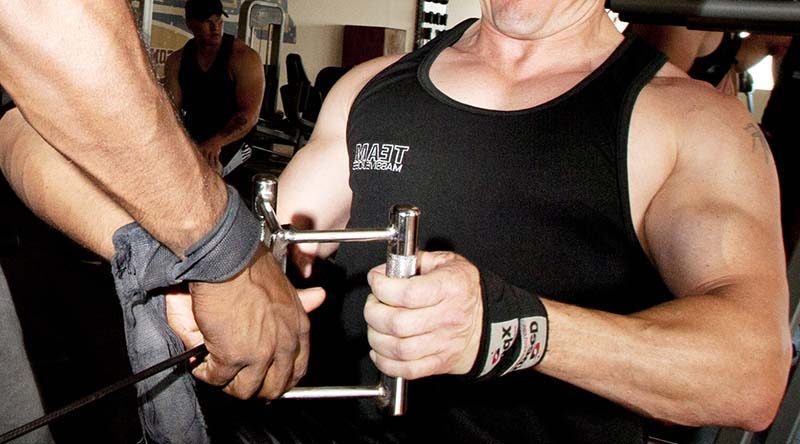


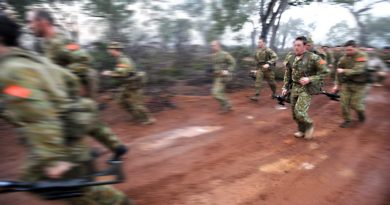
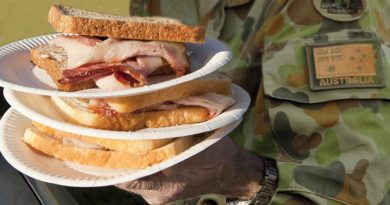
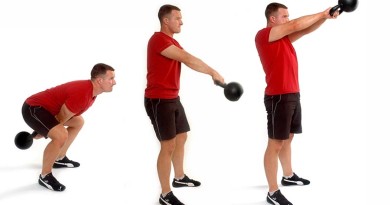
I prefer on functional exercise why build just for look when you can have both function and looks, right?